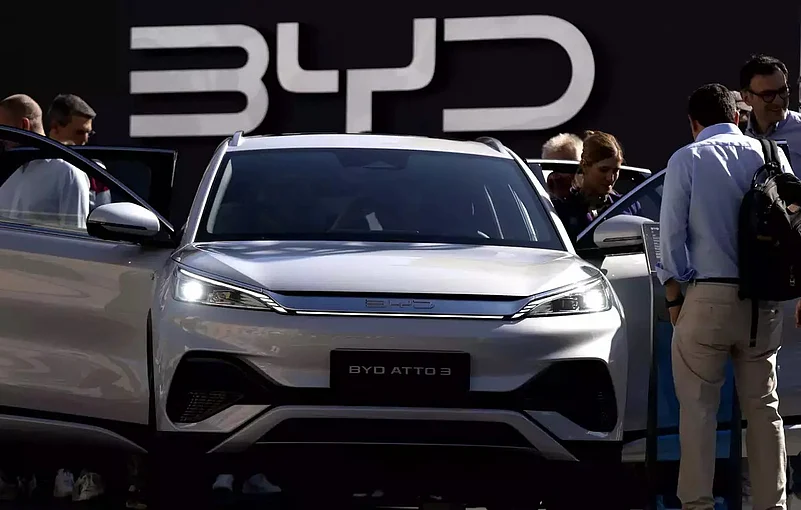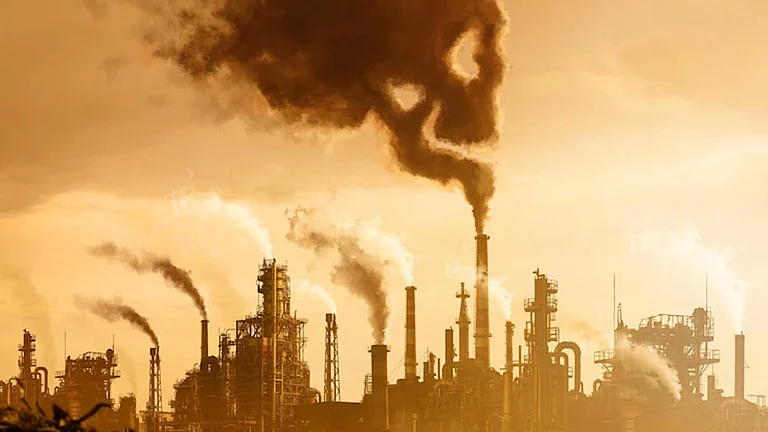The global shift toward electric vehicles (EVs), particularly in China, is set to disrupt the global oil market, according to a report released Wednesday by the International Energy Agency (IEA). The IEA’s World Energy Outlook 2024 outlines a future where increasing EV adoption could significantly reduce oil demand by the end of the decade.
In recent years, China has been a major driver of oil demand and emissions, but with EVs now comprising 40% of new car sales in the country and 20% globally, the situation is changing rapidly. According to the IEA, this puts major oil and gas producers "in a bind." The agency projects that continued EV growth could displace up to 6 million barrels per day of oil demand by 2030. "Based on current trends and policies and the availability of materials, EV will reach 50% of global car sales in 2030," the report said.
China already holds half of the world’s electric vehicles on the road, and by 2030, 70% of new car sales in the country are expected to be electric. This shift, combined with substantial additions of new wind and solar power, positions China to meet its climate goals. Emissions in China are forecasted to peak and start to decline by the decade’s end.
However, while clean energy expansion is growing, demand for electricity is also rising sharply, driven by factors like electric mobility, cooling systems, and data centers. Lauri Myllyvirta, lead analyst at the Centre for Research on Energy and Clean Air, noted, "This has meant that even as we saw record growth in clean energy installations and additions, emissions kept increasing."
The IEA report also highlighted that the expansion of clean energy, particularly wind and solar power, alongside growing EV adoption, will lead to a peak in global demand for coal, oil, and gas within the decade. This, in turn, is expected to bring global carbon emissions to their highest point before they start to decline. Still, the agency warns that the world is not on track to meet its net-zero targets. The report notes, "The world is still a long way from a trajectory aligned with its net-zero goals."
The 2015 Paris Agreement aimed to limit global warming to a 1.5°C (2.7°F) increase in average global temperatures compared to pre-industrial levels, but the IEA cautioned that current trends place the world on a path for temperatures to rise by 2.4°C (4.32°F) by the end of the century. Bill Hare, CEO of Climate Analytics, emphasized that unless immediate action is taken, "emissions would not drop quickly and only decline slowly after they hit their highest level."
While China’s shift to electricity is causing ripples in the oil market, oil companies are turning to India as a potential new market. The IEA projects that India will add nearly 2 million barrels per day to its oil demand by 2035, offering oil producers a new lifeline as demand wanes in other regions.
The IEA, an intergovernmental organization based in Paris, publishes its World Energy Outlook annually. The report is widely regarded by policymakers and analysts as a key source of information on global energy trends and their policy impacts.
(This story has been slightly reworked from an auto-generated PTI feed.)



























